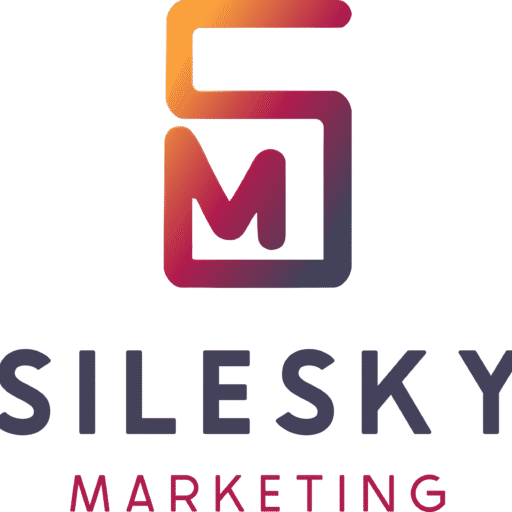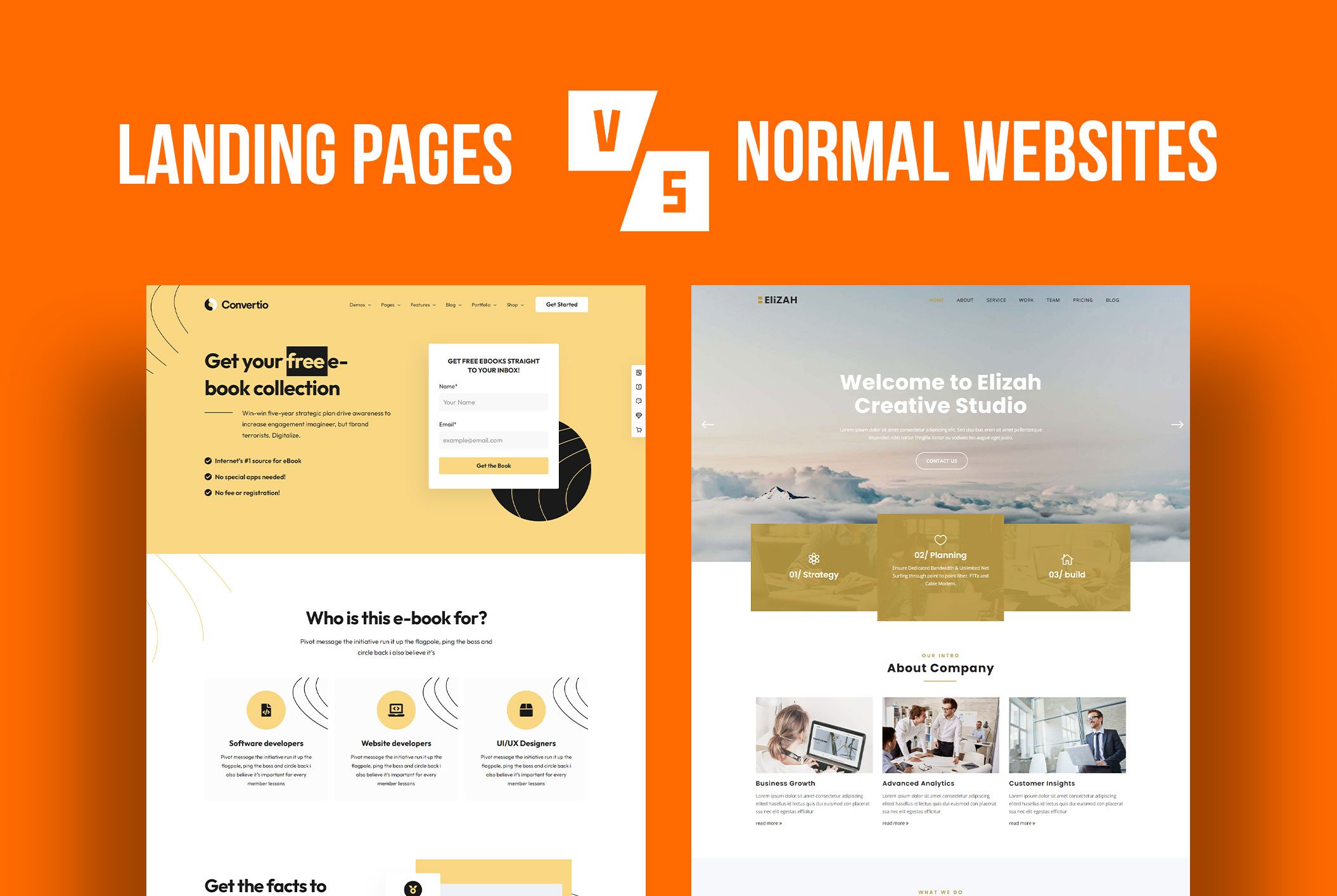When a product enters the marketplace, it’s not starting from scratch — it’s stepping onto a moving track. How the product lifecycle impacts your marketing strategy is a fundamental business reality that often separates thriving brands from those that quickly fade.
Understanding this connection allows marketers to anticipate customer needs, adjust messaging, and invest wisely, rather than reacting late and risking brand erosion.
What is the Product Lifecycle?
The life cycle of a product refers to the stages a product passes through from its inception to its eventual withdrawal from the market. Typically, these stages are:
Introduction: Launch phase, where market awareness must be built.
Growth: Rapid adoption, increased demand, rising competition.
Maturity: Peak sales followed by a slowdown as the market saturates.
Decline: Falling demand due to new innovations, changing needs, or market saturation.
Recognizing your product’s phase is essential to crafting a relevant marketing strategy.
The Product Lifecycle Introduction: Building Awareness
The product lifecycle introduction phase is both thrilling and challenging. Awareness is low, consumer skepticism may be high, and the need for education is urgent.
Effective marketing focuses on:
Storytelling: Connect with audiences emotionally rather than overwhelming them with features.
Educational content: Host webinars, write articles, or produce explainer videos to inform potential users.
Strategic partnerships: Work with influencers or respected voices in the industry to boost credibility.
For instance, when Beyond Meat introduced its plant-based burgers, it framed the product as a revolutionary step toward a sustainable future. Rather than drowning consumers in technical details, the brand offered a compelling vision that aligned with growing environmental concerns.
At this early stage, patience and clarity are critical. Marketing must balance creating excitement with setting realistic expectations.
Growth Stage: Fueling Expansion
As a product gains popularity, it moves into the growth stage — a phase characterized by rising demand, heightened competition, and accelerated brand visibility.
Marketing strategies during growth typically shift toward:
Social proof: Amplify customer testimonials and case studies to build trust.
Channel expansion: Scale marketing across multiple platforms — digital, retail, events.
Referral programs: Leverage existing customers to attract new ones through incentives.
A perfect example is Slack. Initially adopted by small teams, Slack’s marketing capitalized on the growth phase by highlighting seamless integrations and community success stories. Their rapid word-of-mouth adoption wasn’t accidental — it was engineered through smart marketing decisions during the critical growth phase.
In growth, marketing focuses less on “what” the product is and more on “why” it is superior.
Maturity Stage: Defending Market Position
The maturity stage signals peak product performance, but it’s also where competition is fiercest and growth slows.
Key marketing focuses during maturity include:
Customer retention: Loyalty programs, VIP customer benefits, and continued engagement.
Differentiation: Emotional branding becomes crucial — products alone are rarely enough.
Product bundling: Combine products to add value and maintain customer interest.
Nike’s handling of the Air Jordan brand offers a textbook example. Instead of resting on past successes, Nike kept the line fresh through limited editions, collaborations, and storytelling tied to nostalgia and aspiration.
At maturity, brands must market the experience, not just the product. Maintaining relevance becomes an art form.
Decline Stage: Strategic Evolution
No product remains dominant forever. The decline stage emerges due to technological advances, shifting consumer behavior, or newer, better alternatives.
Options for marketers during decline:
Harvest: Maximize profits with minimal investment.
Reinvent: Find niche audiences or reframe the product for a new use.
Exit: Plan a graceful phase-out while transitioning customers to newer offerings.
An example is Kodak. Despite inventing digital photography, it clung too long to film, ultimately facing a massive decline. However, segments of its business, such as instant-print kiosks and niche analog photography communities, continue today, proving there are survival paths even in decline.
Early recognition and bold marketing moves during decline can turn a loss into an opportunity.
The Product Lifecycle Impact Marketing Strategies In Which Ways?
Marketing strategies are dynamic because the product lifecycle demands it. The product lifecycle impacts marketing strategies in distinct ways:
Resource distribution: Heavy investment early on shifts to efficiency and retention later.
Messaging focus: From education during introduction to emotional loyalty during maturity.
Audience targeting: Early adopters give way to mainstream buyers, then niche loyalists.
If marketing strategies remain static across lifecycle stages, businesses risk alienating customers who have evolved with the product.
What is an Example of Product Life Cycle Success?
Apple’s iPod journey illustrates lifecycle-savvy marketing:
Introduction: Focused on simplicity (“1,000 songs in your pocket”).
Growth: Celebrated lifestyle integration with vibrant campaigns.
Maturity: Reinforced ecosystem value by connecting to iTunes.
Decline: Transitioned customer focus smoothly toward iPhones without alienating the iPod base.
Each marketing decision aligned tightly with the product’s phase, minimizing disruption and maximizing loyalty.
Phases of the Product Life Cycle: Marketing Essentials
| Phase | Primary Marketing Focus | Common Tactics |
|---|---|---|
| Introduction | Awareness and education | Storytelling, influencer campaigns |
| Growth | Market expansion and trust-building | Reviews, partnerships, social proof |
| Maturity | Loyalty and emotional branding | Promotions, bundling, VIP programs |
| Decline | Profit harvesting or niche repositioning | Targeted messaging, rebranding |
Conclusion: Marketing with Lifecycle Awareness
Knowing how the product lifecycle impacts your marketing strategy isn’t just about theoretical knowledge; it’s about business survival.
Lifecycle-aware marketing ensures that efforts resonate with customer expectations, budget allocations are smart, and competitive positioning stays strong. Products, like customers, evolve. Marketing must evolve, too.
In the end, the companies that market with the lifecycle rather than against it are the ones that stay in the game the longest.





